ISTANBUL, TURKEY—Hurriyet Daily News reports that archaeological investigation in Istanbul ahead of the construction of a subway station near the European shore of the Bosphorus uncovered burials dated to between 3500 and 3000 B.C. Archaeologist Mehmet Ali Polat said some 80 burials were recovered among a series of kurgans and rows of stones. “A total of 75 of these 82 tombs belong to cremation, that is, bodies buried by burning,” he added. “Seven of them were direct burials.” Two terracotta figurines were recovered from one of the burials. Polat explained that symbols on the figurines have been identified as runic alphabet symbols from Romania’s Vinca culture, suggesting early Bronze Age migration and trade between Anatolia and the Balkans. To read about a Bronze Age settlement in southeastern Turkey that was suddenly destroyed more than 3,500 years ago, go to "The Wrath of the Hittites."
Early Bronze Age Burials Uncovered in Istanbul
News May 12, 2021
Recommended Articles
Features July/August 2021
The Ugarit Archives
Thousands of cuneiform tablets written in a distinctive script tell the dramatic story of a Bronze Age merchant city in Syria
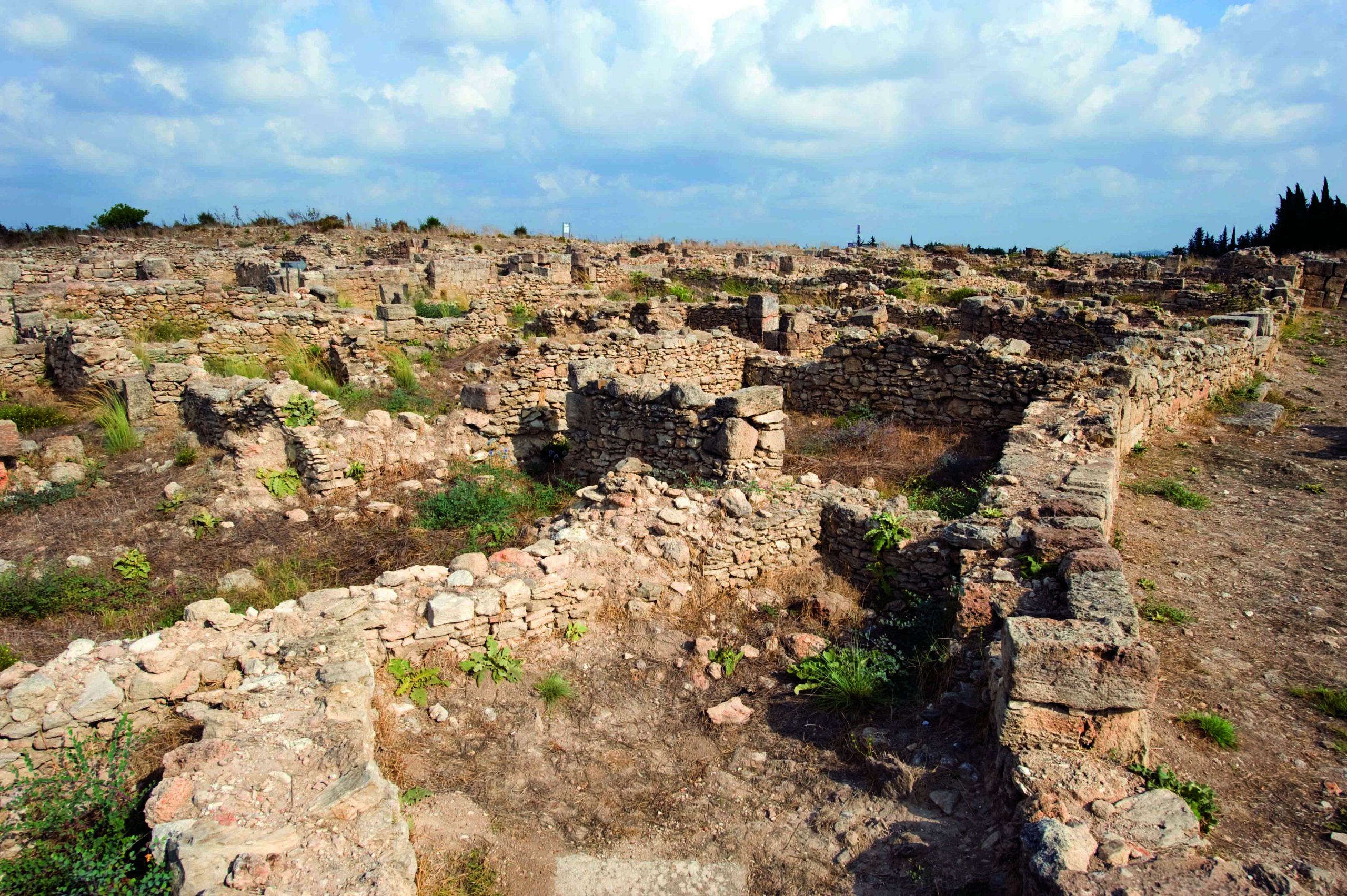
Digs & Discoveries November/December 2019
The Wrath of the Hittites

Digs & Discoveries September/October 2019
Volcano Viewers
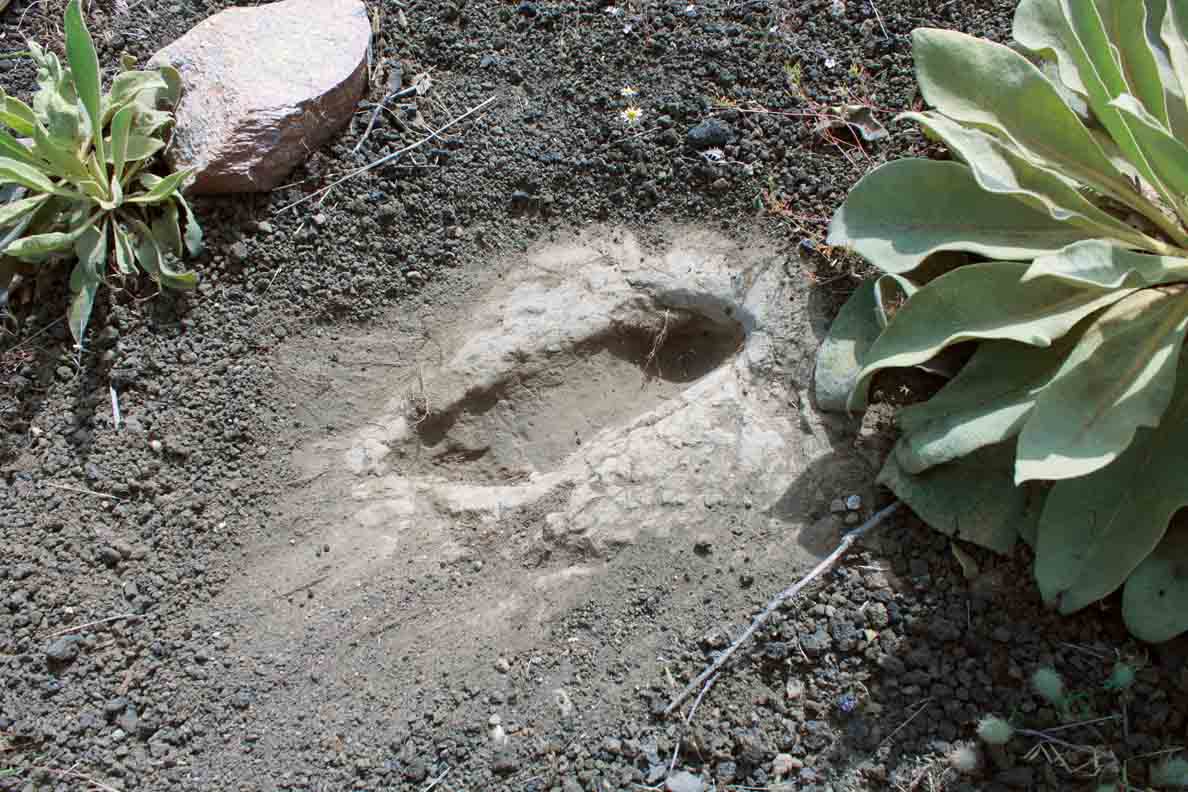
Digs & Discoveries March/April 2018
The Mesopotamian Merchant Files
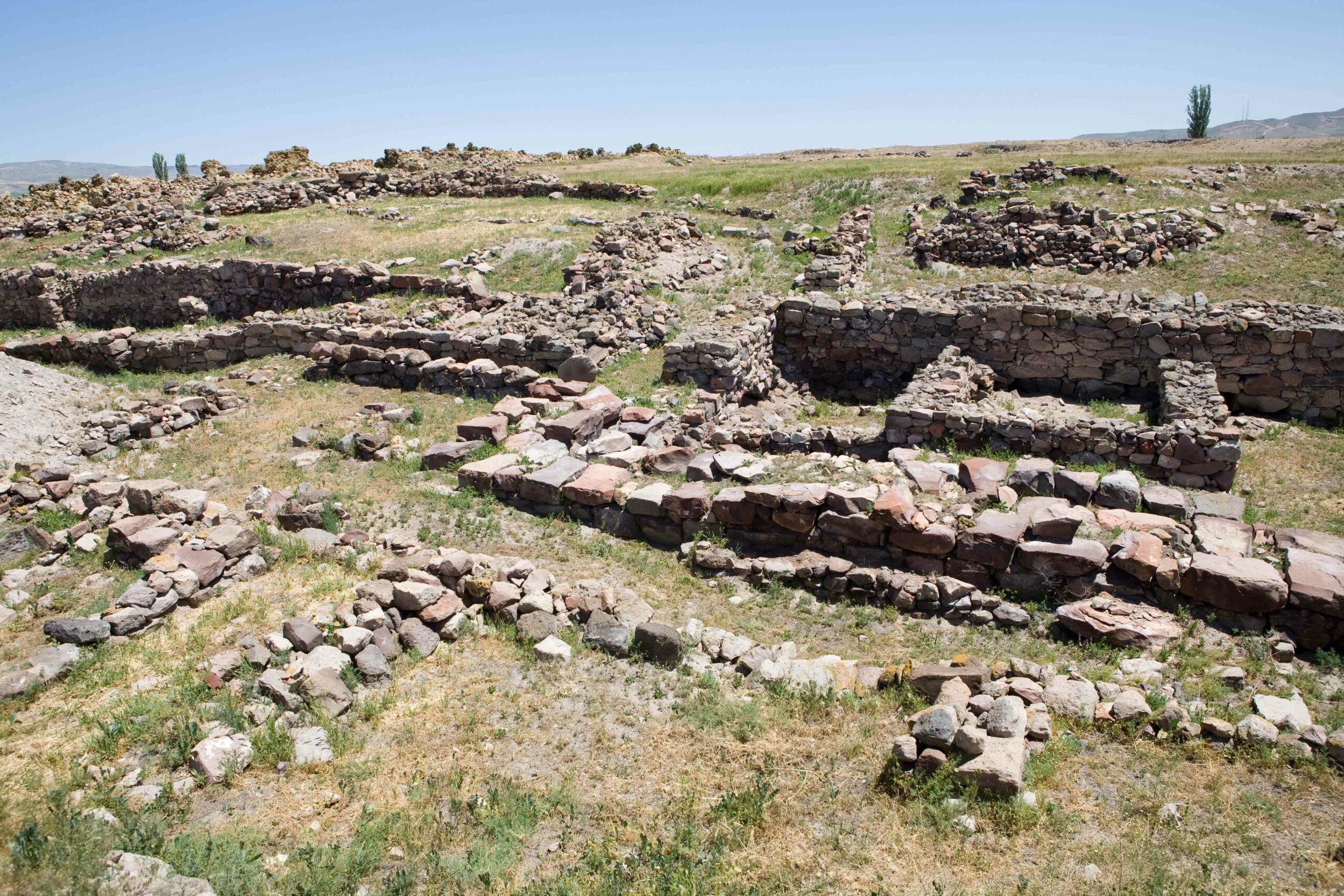
-
Features March/April 2021
The Visigoths' Imperial Ambitions
How an unlikely Visigothic city rose in Spain amid the chaotic aftermath of Rome’s final collapse
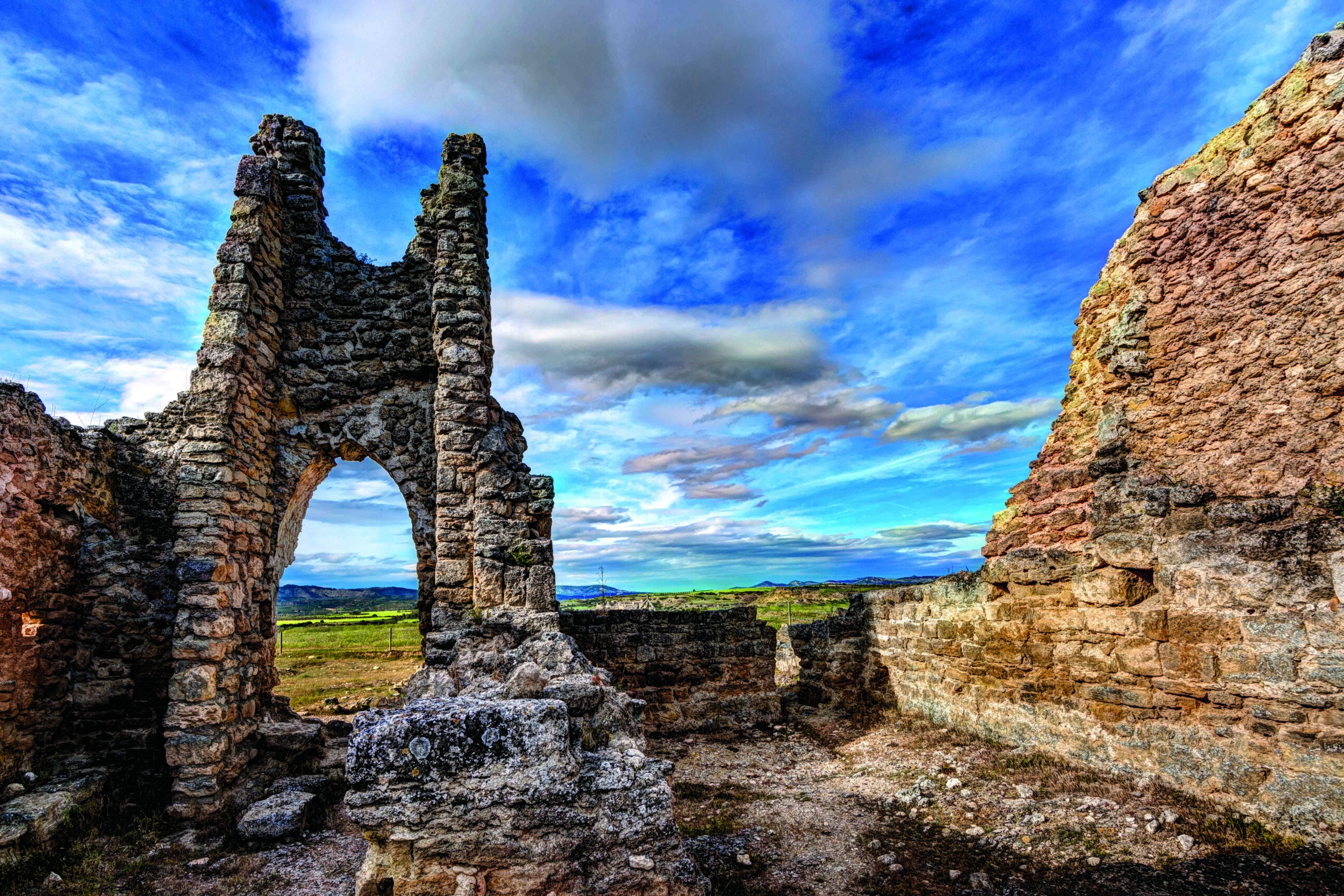 Yil Dori
Yil Dori -
Letter from Chihuahua March/April 2021
Cliff Dwellers of the Sierra Madre
A recurring design motif found in northern Mexico’s ancient mountain villages reflects complex cultural ties between distant peoples
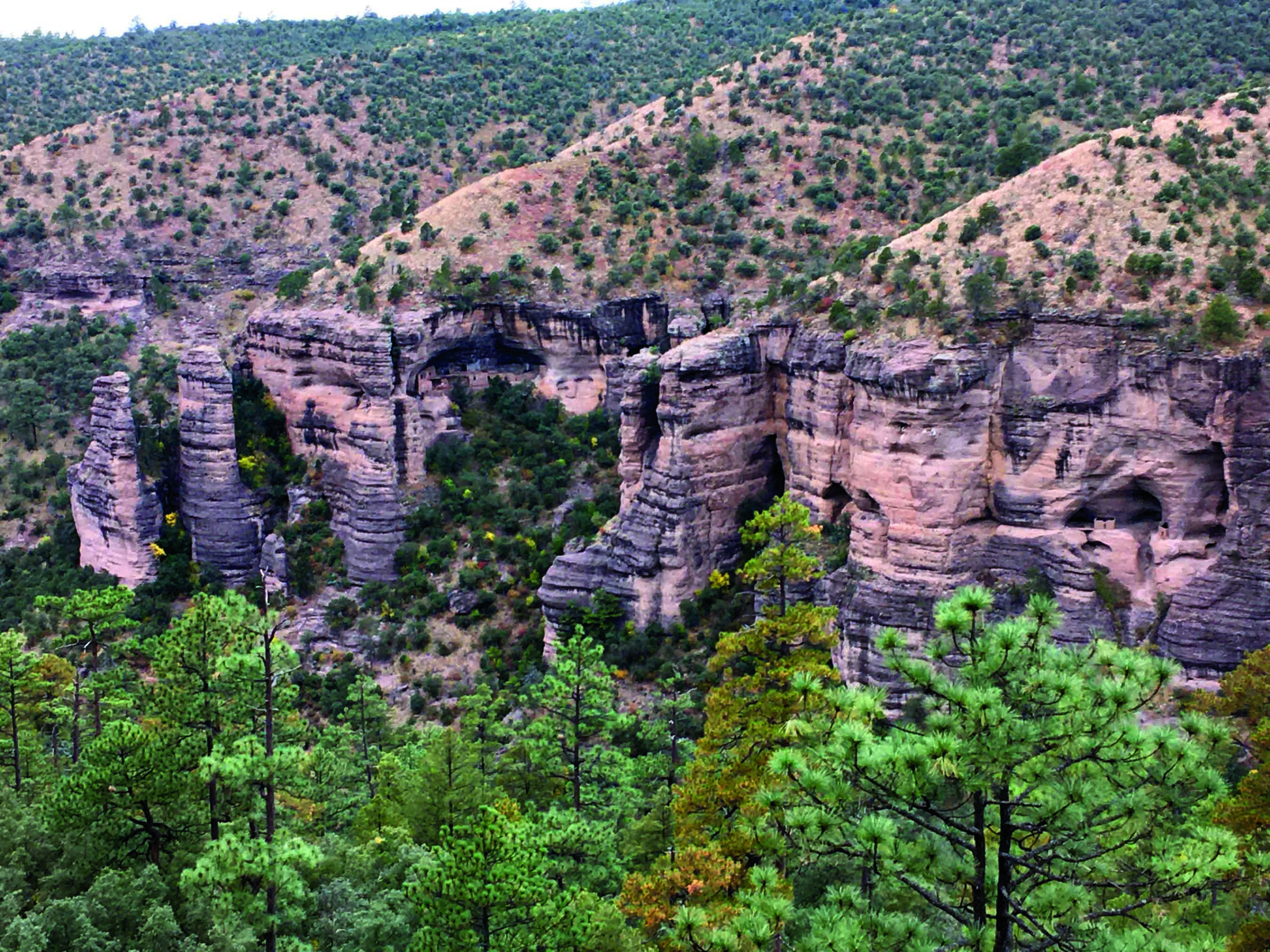 (Photo by Stephen H. Lekson)
(Photo by Stephen H. Lekson) -
Artifacts March/April 2021
Subeixi Game Balls
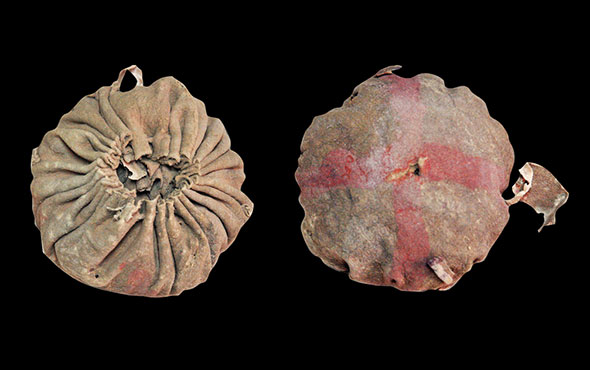 (Courtesy Patrick Wertmann)
(Courtesy Patrick Wertmann) -
Digs & Discoveries March/April 2021
An Enduring Design
 Courtesy Durham University
Courtesy Durham University


